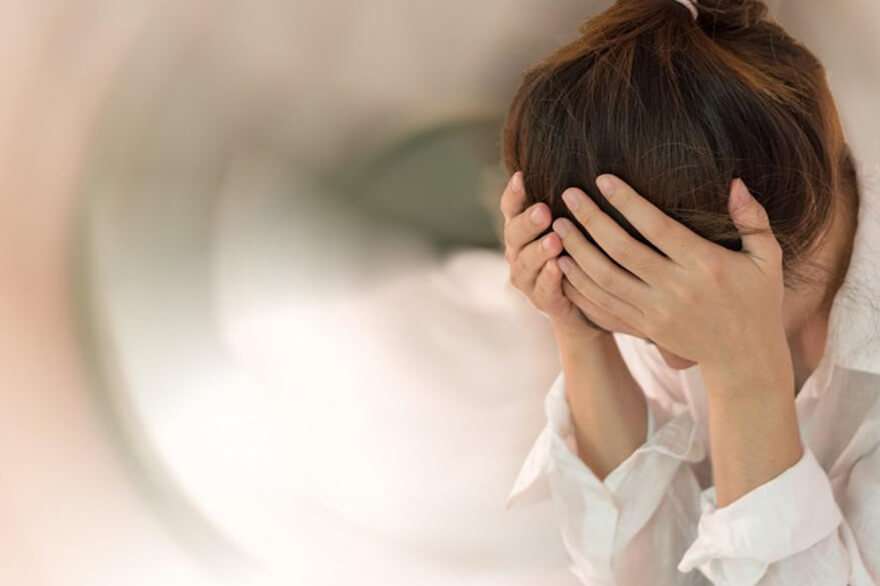
Vertigo
What is Vertigo?
Vertigo is sensation of feeling off balance and dizziness, you might feel like you are spinning or that the world around you is spinning.
Causes of Vertigo
Vertigo is generally caused by a problem with the inner ear. Some of the most common causes include:
Benign Paroxysmal Positional Vertigo (BPPV): This occurs when tiny calcium particles (canaliths) collect in the inner ear after getting dislodged from their normal location.
The inner ear sends signals about head and body movements relative to gravity to the brain. It helps you maintain your balance. BPPV can occur for an unknown reason and may be associated with age.
Meniere’s disease is a disorder of the inner ear that is caused by a buildup of fluid and changing pressure in the ear, causing episodes of vertigo as well as ringing (tinnitus) in the ears and hearing loss.
Vestibular neuritis or labyrinthitis is a problem inner ear usually related to infection (usually viral) causing inflammation in the inner ear around nerves that are important for helping the body sense balance
Less often vertigo may be associated with:
- Head or neck injury
- Brain problems such as stroke or tumor
- Certain medications that cause ear damage
- Migraine headaches
Symptoms
Vertigo is triggered by a change in the position of your head, mostly.
People with vertigo describe it typically as feeling like they are:
- Spinning
- Tilting
- Swaying
- Unbalanced
- Pulled in one direction
Other symptoms that may accompany vertigo include:
- Feeling nauseated
- Vomiting
- Abnormal or jerking eye movements (nystagmus)
- Headache
- Sweating
- Ringing in the ears or hearing loss
Symptoms can last for few minutes for few hours or more and may come and go.
Treatment for Vertigo
Treatment for vertigo depends on what’s causing it. In many cases, Vertigo goes away on its own without any treatment. This is because your brain’s ablity to adapt to the inner ear changes, at least in part, relying on other mechanisms to maintain balance.
For some, treatment is needed and may include:
Vestibular rehabilitation: A specialized form of physical therapy aimed to help strengthen the vestibular system.
Canalith repositioning maneuvers: A series of specific movements of head and body for BPPV.
Medicine: Medication may be advised in some cases to relieve symptoms such as motion sickness or nausea associated with vertigo.
Surgery: Surgery may be needed for vertigo in few cases
Dr Aravind’s ENT& EYE Hospital provides comprehensive management of vertigo and balance disorders through Neurotological evaluation with our suite of world-class diagnostic equipment.
We are a specialized advanced vertigo and balance clinic that diagnoses and treat vertigo and balance disorders with the highest success rate in India.
VIDEONYSTAGMOGRAPHY (VNG)
TM VNG is the most advanced technology to evaluate the vestibular and oculomotor systems in a non-invasive, accurate and affordable way. This cutting-edge equipment eliminates contamination by myogenic and electrical noise seen in ENG.
We evaluate peripheral and central vestibular functions through the following protocols:
- Spontaneous nystagmus – with and without optic fixation
- Gaze evoked nystagmus
- Saccades – Random Target Movement
- Smooth tracking – with varying frequencies
- Optokinetic test
- Head shaking test
- Caloric test
- Positional testing – Dix-Halipike Test, Supine Head Roll and Deep Head Hanging
- Valsalva, hyperventilation induced nystagmus
- Skew deviation
SUBJECTIVE VISUAL VERTICAL (SVV)
SW evaluates the otolith system, which is responsible for perception of verticality.
Static and Dynamic SW are important to:
- Assess otolithic disorders
- Assess chronic dizziness
- Differentiate peripheral from central vestibular disorders
- Decide side of peripheral vestibular insult during the acute stage
- Diagnose compensated vestibular disorders
- Assess effect of rehabilitation in vertigo patients
WATER CALORIC IRRIGATOR
Water Caloric Irrigator is used with VNG for caloric testing and provides water at specified flow and fixed temperatures.
COMPUTERIZED DYNAMIC VISUAL ACUITY
DVA assesses the ability of the subject to maintain the image on the fovea of the retina. This function is carried out by the Vestibulo-Ocular Reflex (VOR). Defective VOR results in slippage of image from the fovea resulting in blurring of vision and oscillopsia; this is detected by DVA.
It is used for:
- Early detection of vestibulotoxicity
- Detection of bilateral peripheral vestibulopathy
- Rehabilitation tool
- Assessing outcome of rehabilitation
Conditions Treated
- BPPV
- Menier's disease
- Vestibular Migraine
- Vestibular Neuritis
- Labyrinthitis
- Vestibular Paroxysmia
- SSCD
- Otolithic Disorders
- Perilymph Fistula
- Acoustic Neuroma
Meet Our Doctors

Dr. Aravind Kumar Alwala
MBBS (Osm)., MSENT specialist, Chief Endoscopic Sinus Surgeon
Make an Appointment
Dr. Laxmi Priya Pallapolu
MBBS (Gold Medalist)., MS Ophthal (FICO)Consultant Ophthalmologist, Chief Phaco Surgeon
Make an Appointment